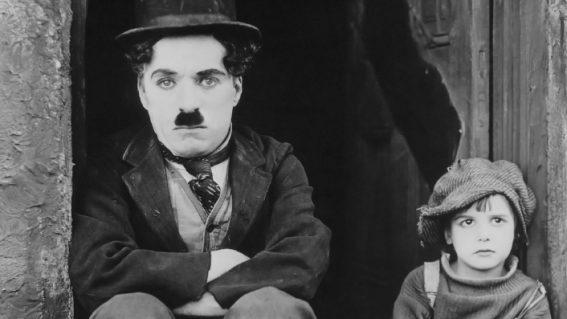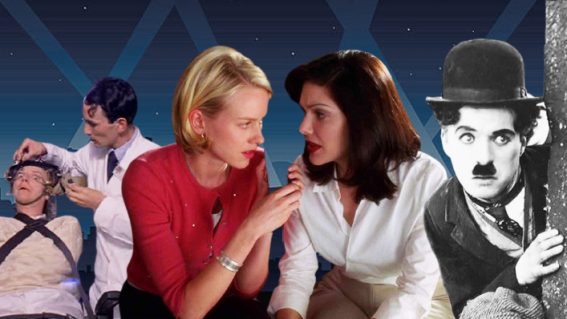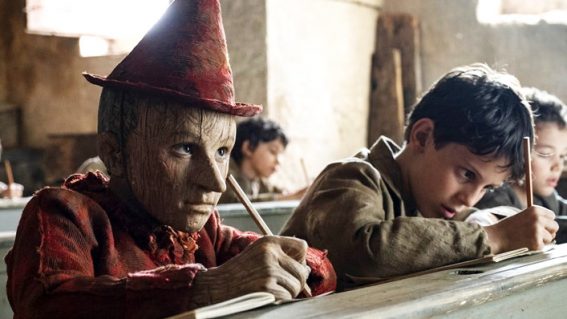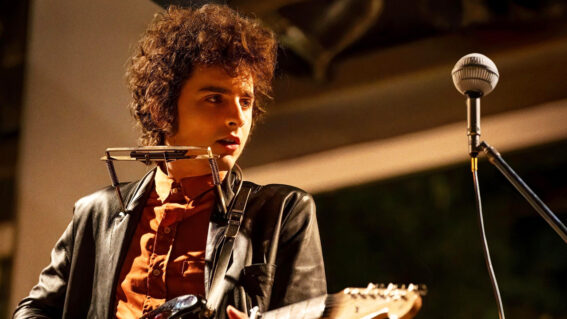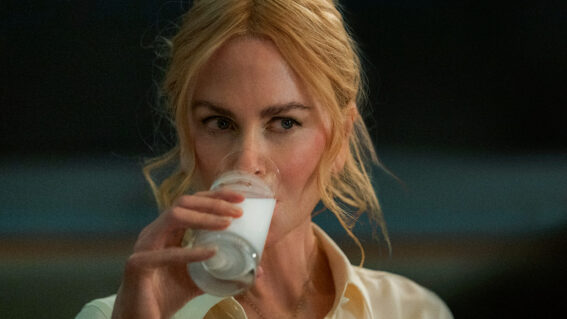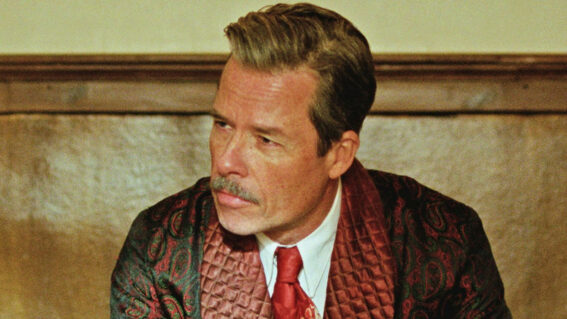Why The Wizard of Oz should be remade – and exactly how it should be done
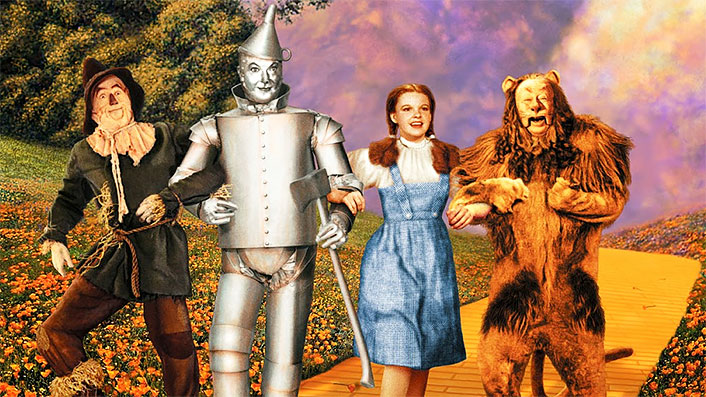
What sort of maniac would suggest that The Wizard of Oz, one of the most influential movies of all time, should be remade? Hear me out, Luke Buckmaster says, because it’s not as crazy as it sounds…
How does one even begin to write about The Wizard of Oz? This magnificent movie, which is now 80 years old, is so permanently burnt into the public imagination, and so profoundly iconic, it feels less like an influential film than a foundational aspect of popular culture. The Wizard of Oz invites all sorts of analysis exploring its legacy, from the way it influenced motion picture aesthetic (famously transitioning from monochrome to Technicolor at a time when most films were in black and white) to the symbolic relevance of Dorothy’s ruby red shoes for the LGBT movement.
One thing you don’t do, when broaching the task of writing about director Victor Fleming’s phantasmagoric 1939 classic, is declare that it should be remade. That would constitute an act of heresy; an instance of madness – particularly given the exhausting unoriginality of contemporary cinema. And yet that is exactly what I am doing. The Wizard of Oz should be remade. There I said it.
And by “remade” I do not mean “readapted.” That is an important point to make given this movie – starring, of course, Judy Garland as a heel-clicking Kansan who visits a weird and wonderful world over the rainbow – is one of several adaptations of L. Frank Baum’s children’s novel. The others include a 13 minute film released in 1910 and a feature-length version that arrived in 1925.
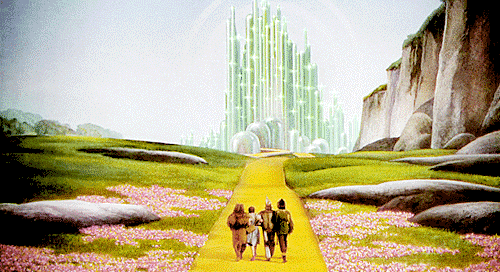
Nor am I speaking in abstract terms, along the lines of Joel Coen’s quip that “every movie ever made is an attempt to remake The Wizard of Oz.”
No. I am suggesting that this film, specifically, should be remade, including and especially that gobsmacking transition from black and white to colour, which would have blown people’s minds back in the day. It’s that moment when so many things in cinema – even cinema itself – seemed to change.
Contrary to a popular misconception, The Wizard of Oz was not the first film to use colour or even three strip Technicolor, the specific process the filmmakers applied. Rather, as a writer for the Smithsonian put it, it “made a telling point about the difference that color could make to the pleasure of audiences. Once Dorothy steps out of her front door and steps into Oz, nothing was going to be the same again.”
So while this game-changing film didn’t break new ground technically, it applied pre-existing technology in a way that proved to be a watershed, symbolic turning point.

Here’s where I’m going with this: the current state of virtual reality filmmaking is, in some respects, roughly the equivalent of what colour was for traditional films back in 1939. Colour existed then, just as VR exists now. But it was a blind spot for most audiences. People, I suspect, were pretty sure colour was going to be a thing, just as people today believe VR has a vibrant future even if they don’t use it themselves. But it took a milestone production to widen eyes and slacken jaws; to demonstrate just how magical it could be.
So what would a Wizard of Oz VR remake look like? Those introductory monochrome moments could be displayed on a 2D screen within the virtual realm. Plenty of VR experiences place the viewer inside a virtual cinema, a flat screen rendered in front of them, and this will be no different. We listen to Dorothy sing about rainbows and lullabies. We watch as her house is lifted from its foundations and tossed around in the tornado. And then, when she opens that door…
The scene transitions to colour as two other things occur simultaneously. One: the viewer is thrust into Dorothy’s body, inhabiting her virtual self. And two: as she/we enters Munchkinland, the two dimensional screen wraps around us and morphs into a fully immersive 360 environment. What a transition that would make! From a flat frame we passively watch to a virtual world we actively inhabit.
If we look towards the ground, we see those wonderful red shoes. The singing and dancing Munchkins arrive, surrounding us from every direction. We take our virtual selves down the yellow brick road – and it’s never looked so glorious. When we pass those creepy trees (the ones that throw apples at Dorothy and the Scarecrow) they notice us and react to our presence. Then off we’re to see the wizard…
People who are yet to experience a VR film may consider these ideas to be pie in the sky stuff. In fact, all the technical elements required to construct the aforementioned experience have already been created, and deployed in other productions. Many of them were used in the recent VR experience Blood & Truth, which was marketed as an interactive movie that “turns you into a hot-shot hero that would be the envy of Hollywood.”
The colour, music and technical wizardry of The Wizard of Oz combine to take us to surreal, fantastical places. Few films have been as influential in pushing the motion picture medium away from realism towards a dreamlike state. The association between the cinema and the state of dreaming has been well explored, including in the work of early film theorists (such as Ricciotto Canudo and Jean Epstein) and through the prevalence of Freudian psychoanalytic theory. There are many examples of this connection, including Hollywood’s moniker “The Dream Factory.”
Virtual reality is also famously connected to the state of dreaming. This connection is made explicit in the name of devices such as Google’s headset Google Daydream, which promises the ability to “Dream with your eyes open.” Endless articles have been written with headlines such as this one from New Scientist, declaring that VR users can “Live your dreams in real-time.”
How amazing it would be if that dream, that real-time imaginative experience, took us on a virtual excursion to the yellow brick road, where Dorothy and Toto and the flying monkeys and the Wicked Witch and everybody else came together to provide another turning point for another medium. The wonderful wizard has pulled it off before; he can do it again.


